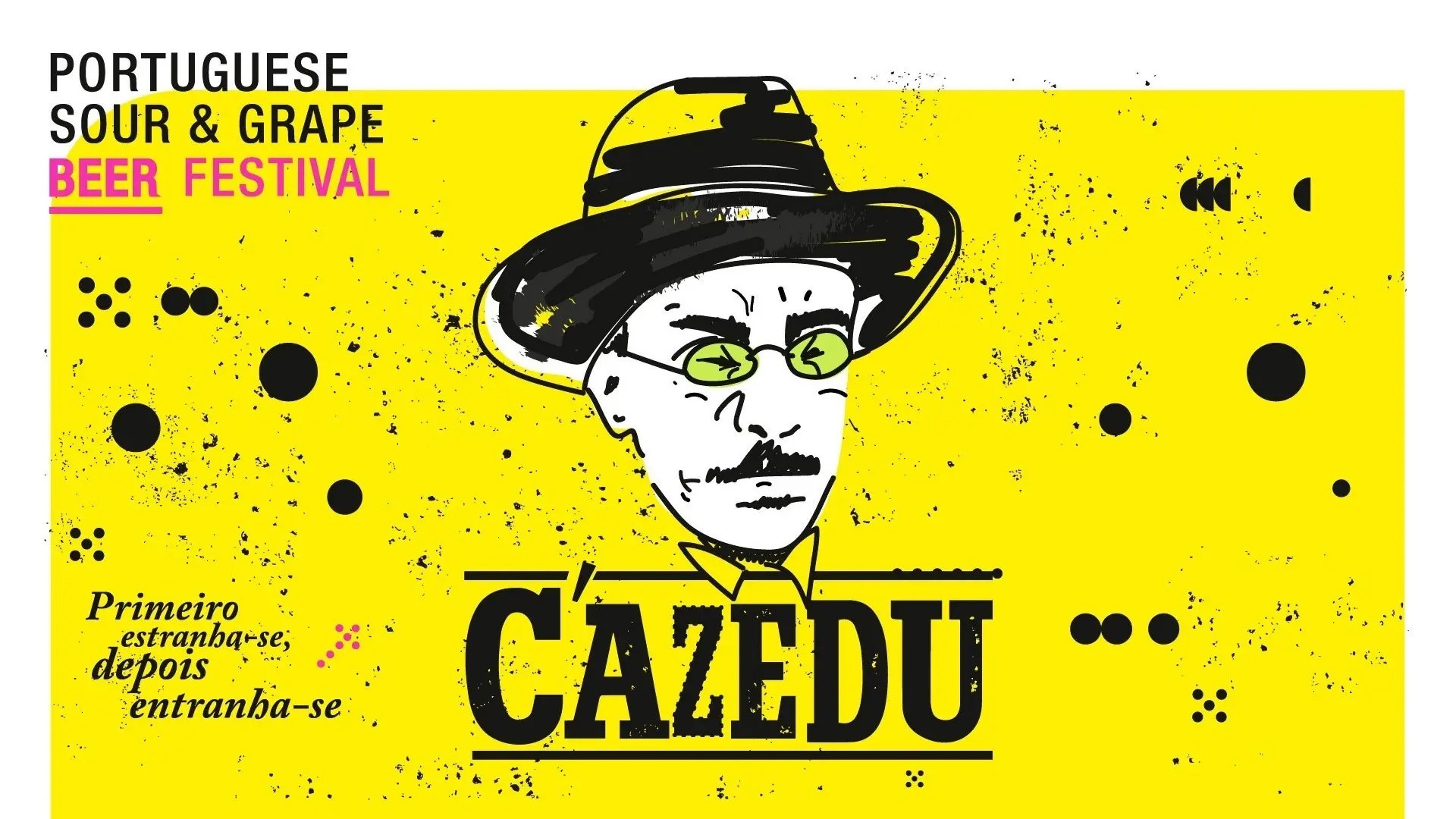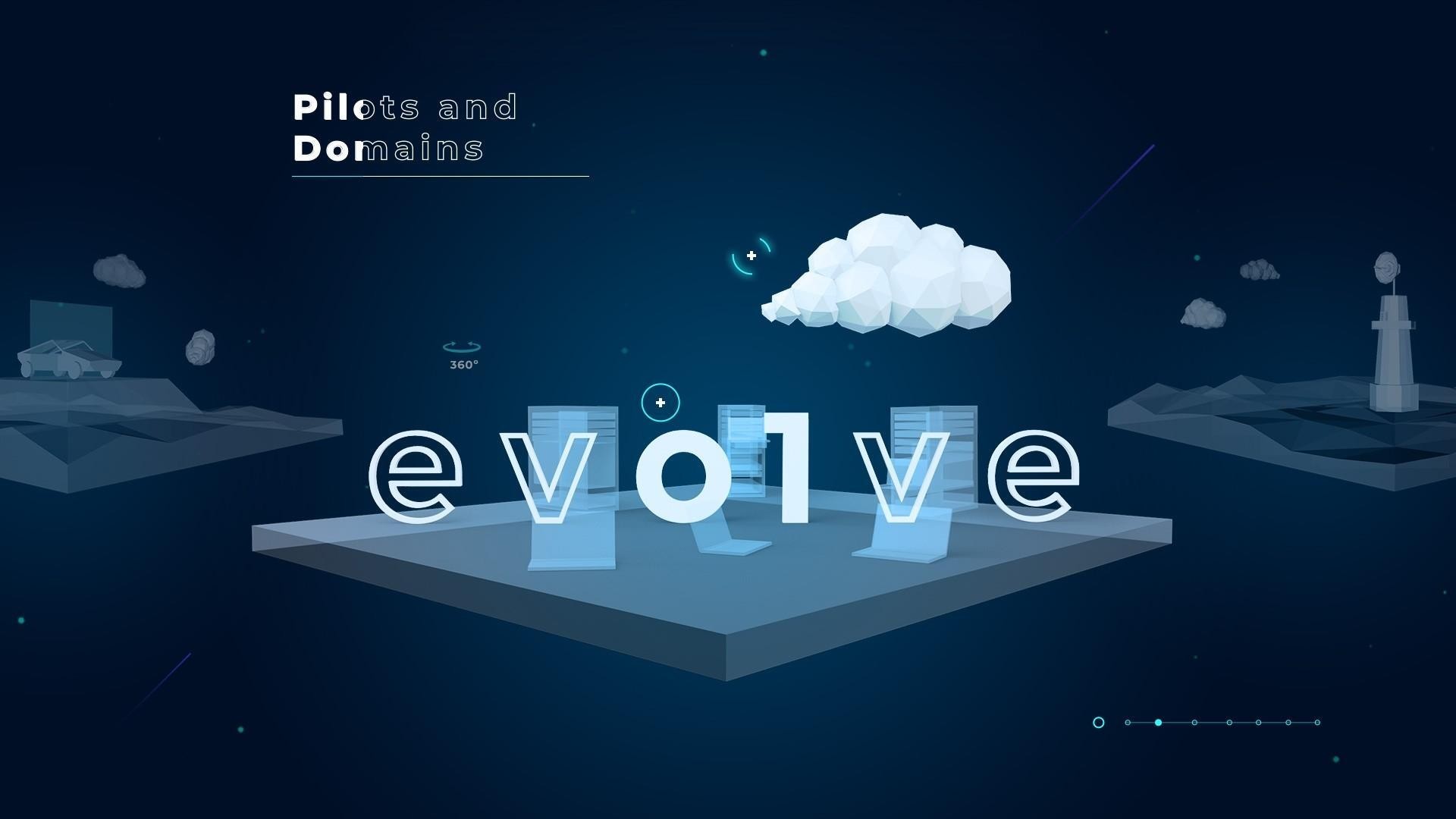I started playing video games at the arcade machines. Space Invaders, Pac-man, Donkey Kong were my favourites. And also pinball machines. It was the eighties, pre-internet era, where almost everything was analogue.
The TV signal travelled by air and we listened to music on audio cassettes or vinyl records. I started to learn programming on a ZX Spectrum 48k, one of the first affordable 8-bit home computers. You connected it to the TV and also to a cassette player to load the programs and games. The screen had a resolution of 256×192 with a 7 colours palette and a total memory of 48Kb.
In the mid-nineties, when the home PCs were more common, a game called Wing Commander III: Heart of the Tiger was one of the firsts to successfully combine gameplay action and quality movie-like cutscenes, featuring some well-known actors like Mark Hamill and Malcolm McDowell. The advertisement slogan said it all: “Don’t watch the game, play the movie!”. Nowadays it’s quite normal to have actors performing in games, giving life to the characters with their voices, facial expressions and body movements. All are captured by cameras and special suits that track every movement and later used to build the scenes in the game.
Since the ’70s, the game industry has grown exponentially. In more recent years, the total revenue of the game industry has been higher than the film and music industry combined. A lot of the major games cost more to produce than a blockbuster movie, and some could take nearly a decade to get finished. Some take more. The playability also improved a lot over the years, as the game design evolved, there was more attention to functionality and usability.
One of the biggest references is Nintendo, not only for their hardware – consoles and portable consoles – but also for their games. They’re the Apple in the game industry. And Shigeru Miyamoto, like Steve Jobs, is the person most responsible for the success of Nintendo, considered one of the most influential game designers of all times. He started creating arcade games like Donkey Kong, and later, as Nintendo began making home consoles, he created, among others, two of the most iconic games of the history of video games: Super Mario Bros. and The Legend of Zelda.
One of his major guidelines to develop a game is a single Japanese word – Kyokan – that means something like “the desire to share a common feeling”, connecting in a unique way player with designer, an empathic bond between the two.
There are also other game companies, like Thatgamecompany, that have a different approach when creating video games. The game composer Austin Wintory talked about his work in the game Journey. They asked him to compose the main theme before they even started to type a single line of code – “The first concept art was my theme”. It’s not supposed to be that way, normally you work on the music in a more advanced phase of the project. But they wanted to build the game based on the emotional tone of the theme.
So, user experience in games does not only have to do with functionality, usability, and gameplay, it’s also about the emotions that it transmits.
But how does this translate to what we do at LOBA?
In our projects, we apply these more subjective features to improve the user experience. At LOBA, besides our technical expertise in design and development, we care for the user experience for the most part. And besides being functional and usable, it’s also fundamental to bring emotion to the user experience.
The illustrated face of Fernando Pessoa, in the C’azedu identity project, developed by LOBA for the craft beer brand Vadia, reflects the first emotion many felt when tasting the beer at the first national Portuguese Sour & Grape Beer event.


C’azedu Festival (Vadia Brewery)
Another example is 5SS – Five Sense Shelter, a project linked to nature tourism that seeks to inspire sensations emanating from it. The 5 senses experiences, created by the extension of the interior space to the surrounding nature, gave the motto for the branding of this project.


Five Senses Shelter
Finally, we have the example of the identity of the European project Evolve, which incorporates concepts such as technology, speed, computing and innovation in the elements used, and whose website allows the user to interact with the information in a 3D environment, which creates a greater sense of involvement.


Evolve
Want to know how we can bring emotion to your project?


